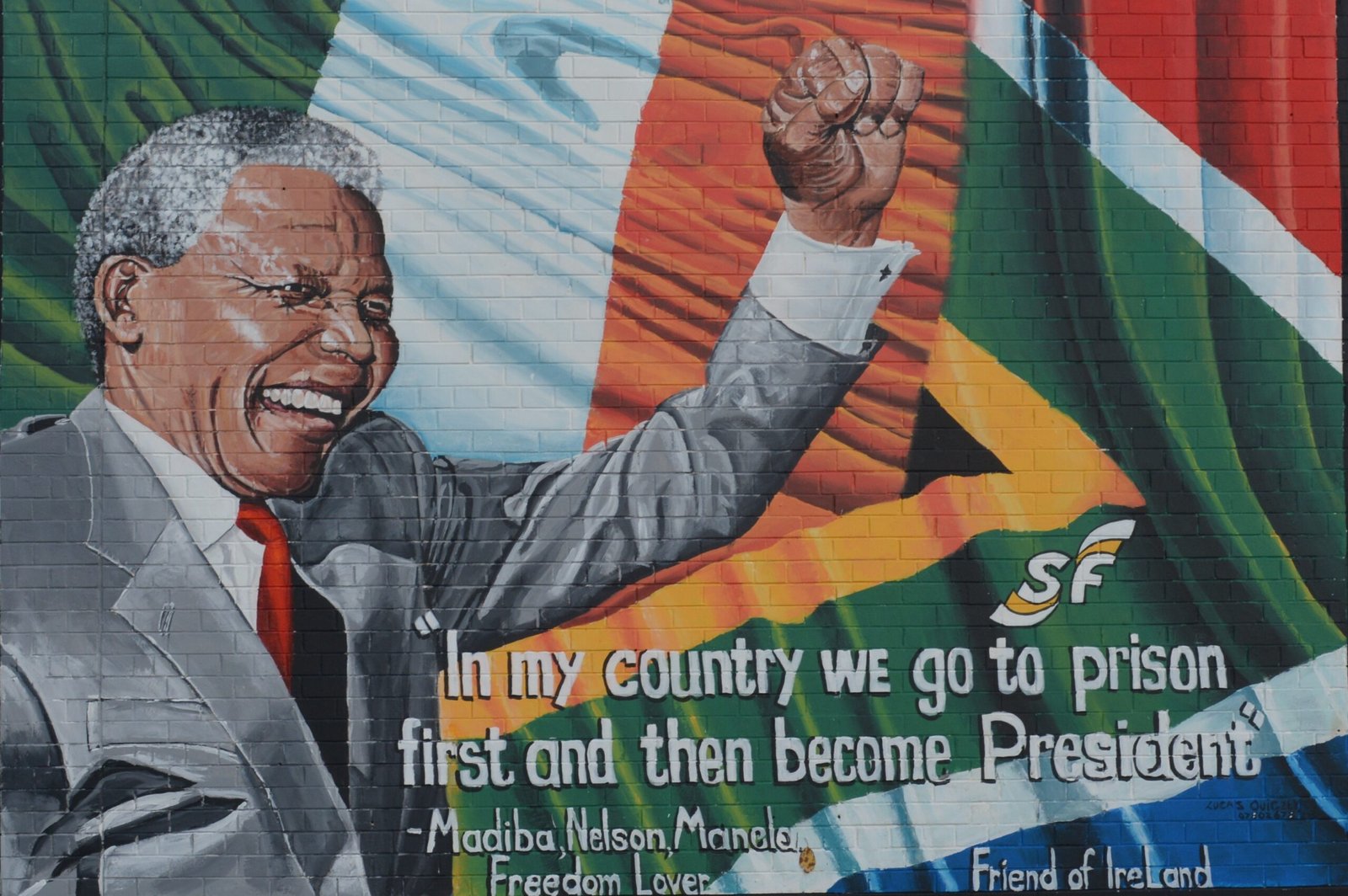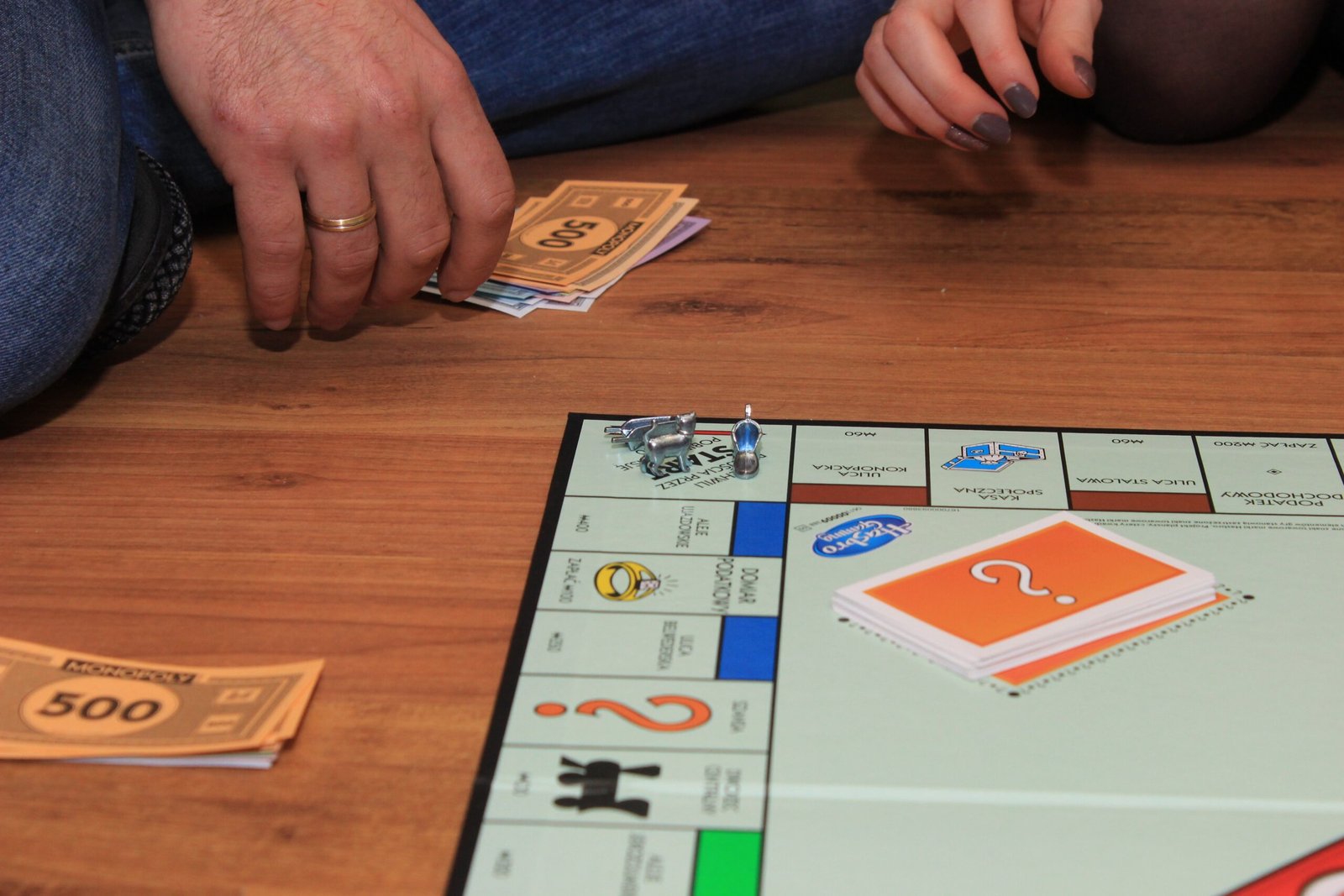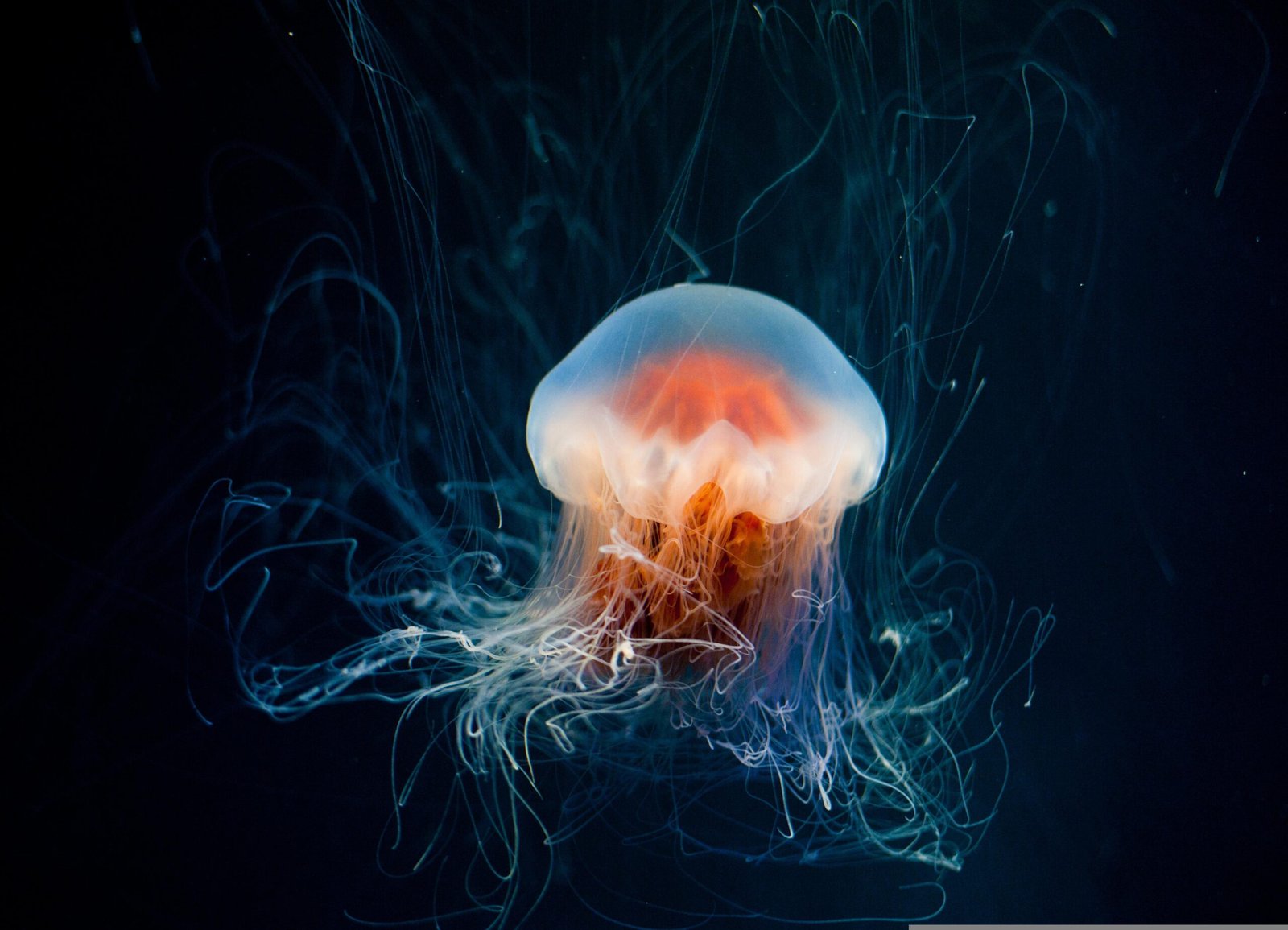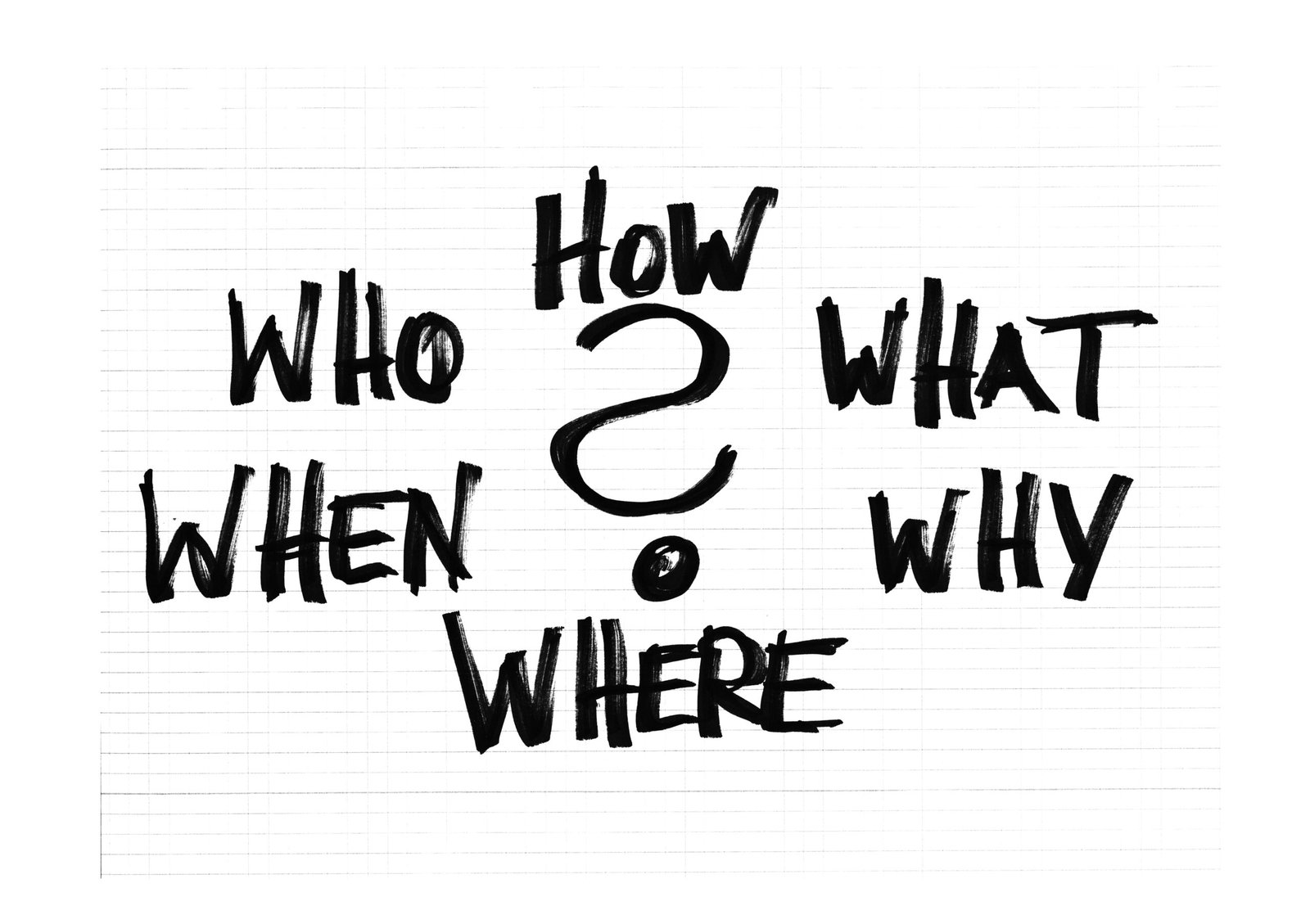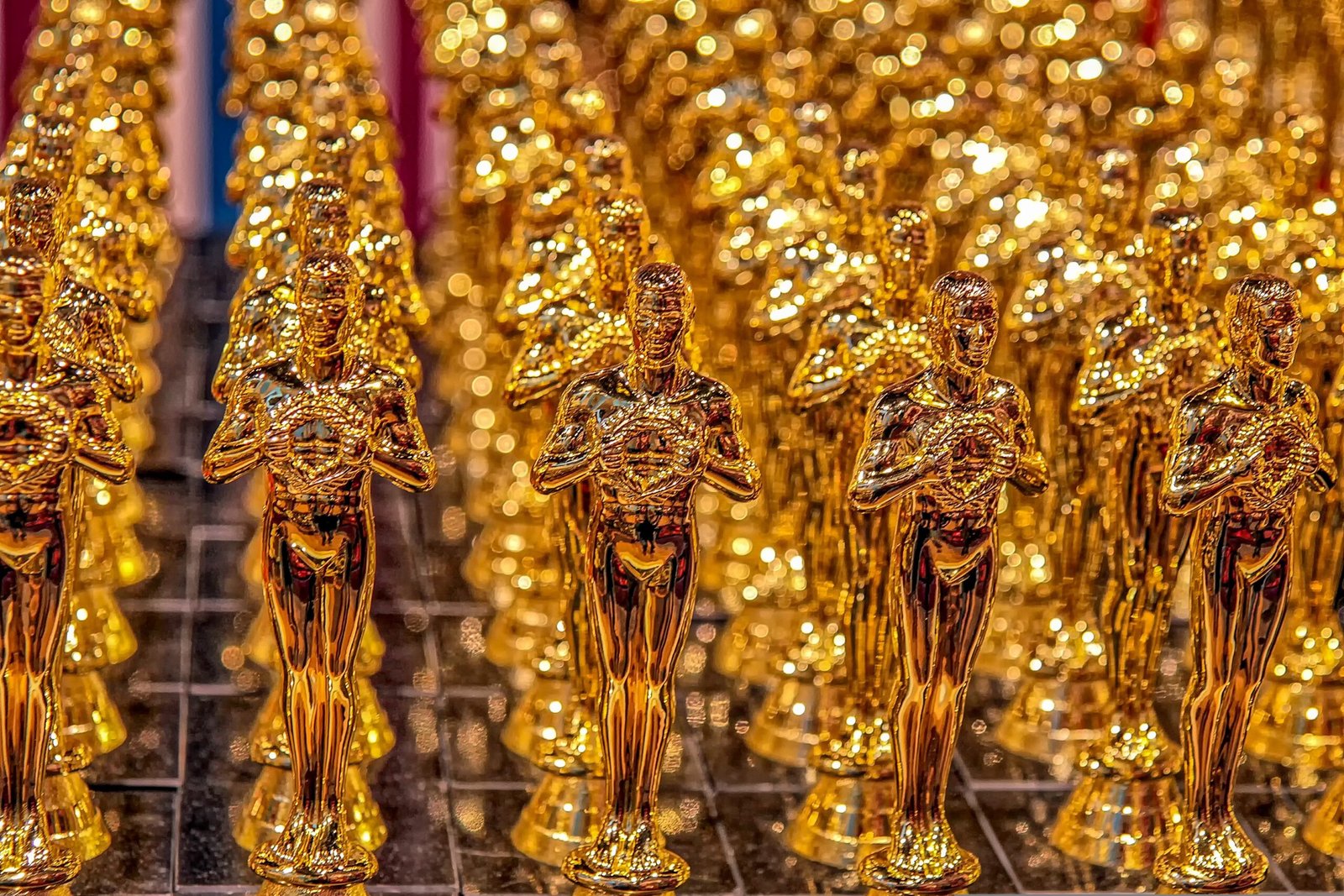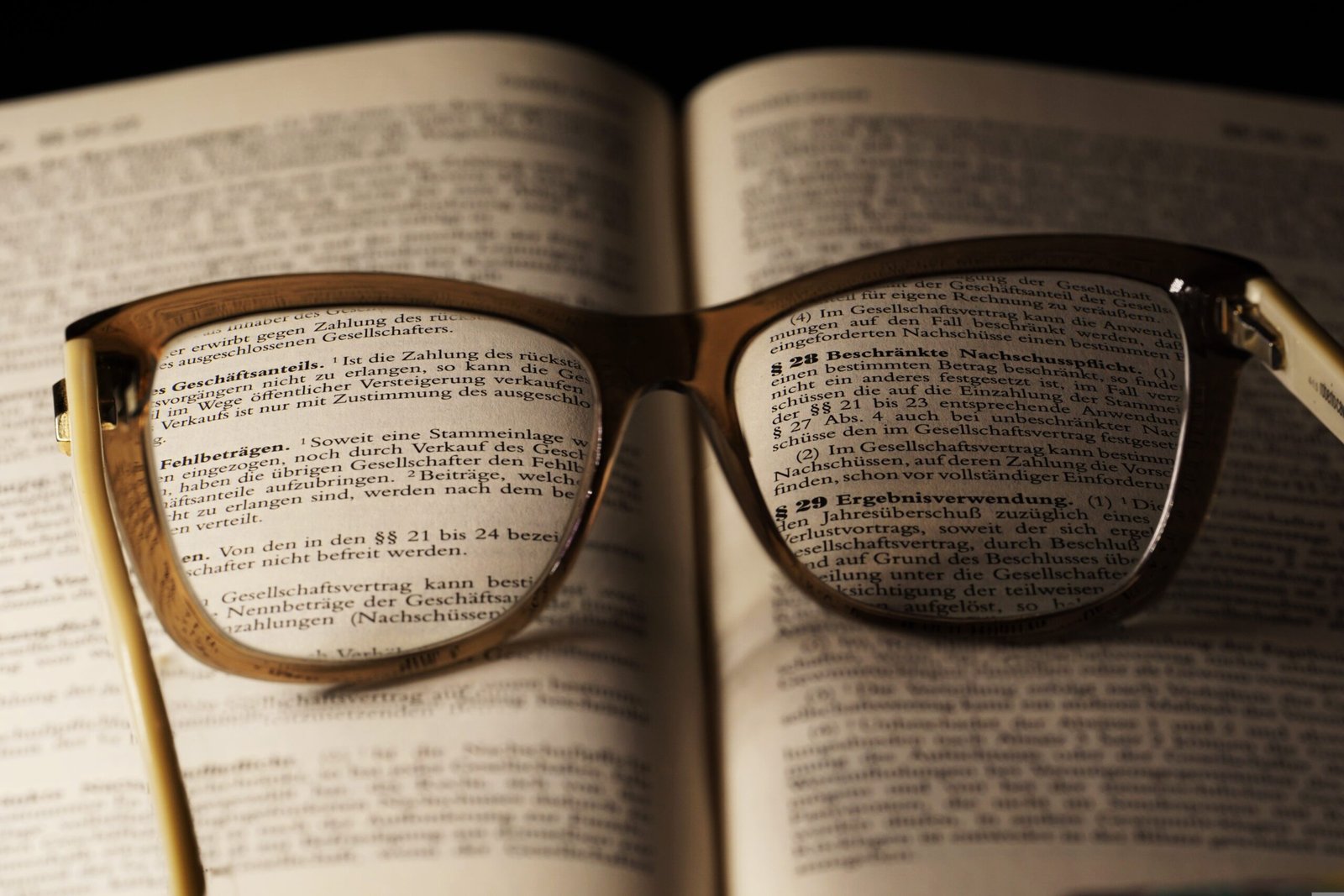Do you clearly remember something that never actually happened? You are not alone. Discover the eerie science and theories behind the Mandela Effect and why so many people misremember the same things.
The Mandela Effect: Why You Are Not the Only One Who Misremembers
Do you remember the Monopoly man having a monocle?
Did you grow up reading about the Berenstein Bears or was it the Berenstain Bears?
What if we told you that many people around the world remember the same incorrect details….and they are just as confused as you are?
Welcome to the strange world of the Mandela Effect a mind-bending phenomenon where groups of people recall the same false memories, often with total confidence.
Is it just faulty memory or a glitch in reality?
Let us explore the psychological science, famous examples, and wildest theories about why you are not alone in remembering something that never happened.
What Is the Mandela Effect?
The term “Mandela Effect” was coined by Fiona Broome in 2009 after she discovered that many people, including herself, wrongly remembered Nelson Mandela dying in a South African prison in the 1980s.
In reality, Mandela was released in 1990 and became South Africa’s president in 1994. He passed away in 2013.
But the memory felt real not just to Fiona, but to thousands of others.
Thus, the term was born:
The Mandela Effect = collective misremembering of a fact or event.
Most Famous Mandela Effect Examples
1. The Monopoly Man’s Monocle
Has a monocle?
Nope he never did. People confuse him with Mr. Peanut.
2. “Luke, I am your father.”
Most people quote Darth Vader from Star Wars like this:
“Luke, I am your father.”
But the actual line?
“No, I am your father.”
3. The Berenstein vs. Berenstain Bears
Millions remember this children’s book series as “Berenstein Bears” with an -ein ending.
Reality? It is “Berenstain Bears” with -ain.
4. Fruit of the Loom Logo
Remember a cornucopia behind the fruit?
It never existed. But many people swear they saw it.
5. Pikachu’s Black-Tipped Tail
Pokémon fans often picture Pikachu with a black tip on his tail.
It is just yellow. No black tip. Ever.
6. Febreze or Febreeze?
Most people recall “Febreeze” with double “e.”
It is actually spelled “Febreze” with one “e”.
So….What is Really Going On?
While some blame parallel universes or time glitches, most scientists say the Mandela Effect comes from how memory actually works:
1. Memory Is Not a Recording It is a Reconstruction
Your brain doesn’t store memories like a video camera. Instead, it reconstructs them based on:
Sensory cues
Emotions
Context clues
Prior knowledge
This means every time you recall something, you are reshaping it and potentially introducing errors.
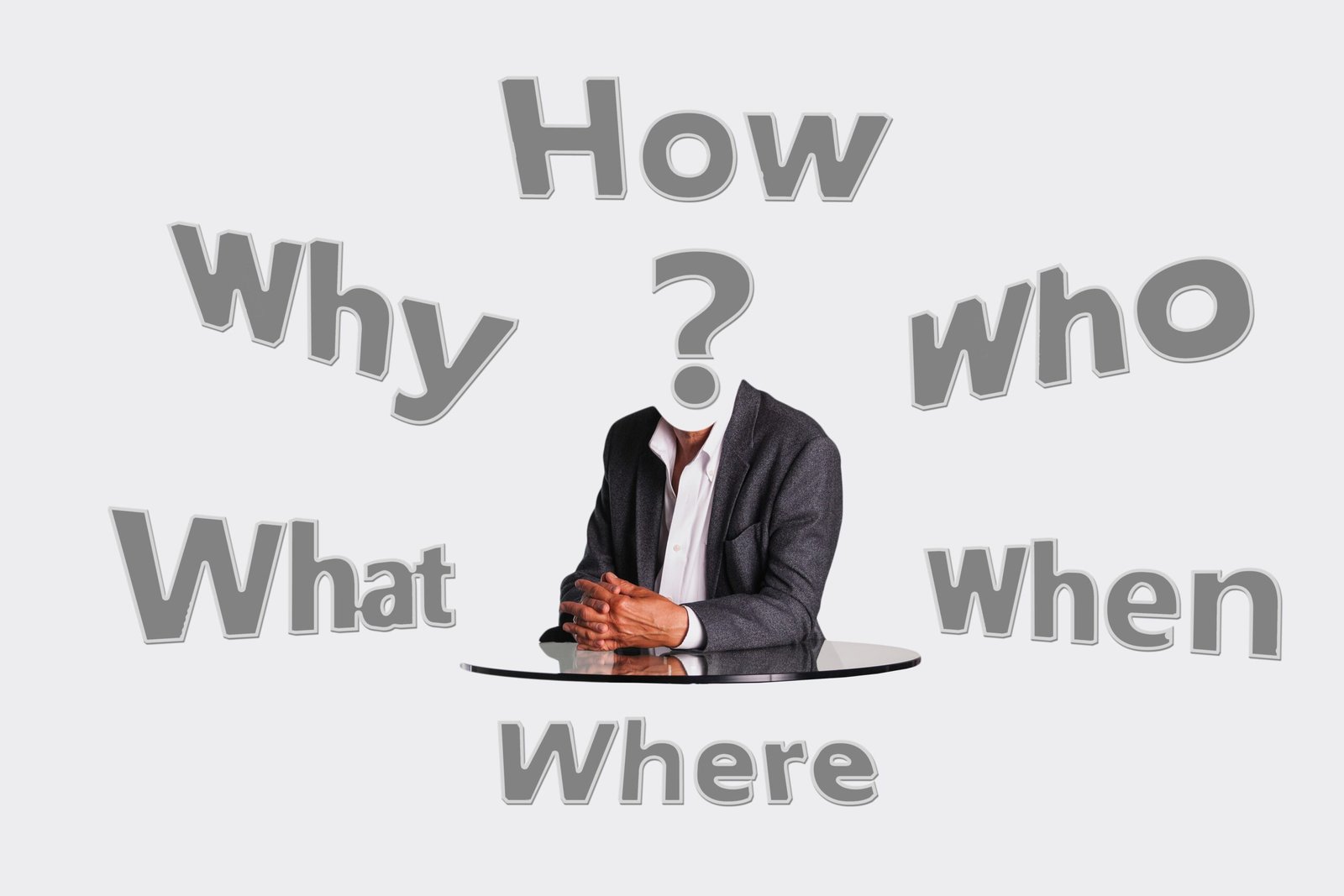

2. Confabulation & False Memories
“Confabulation” happens when your brain fills in missing details with plausible but false information.
If your brain expects the Monopoly man to have a monocle, it adds one. If you have seen “-stein” more often in names, you assume “Berenstein” is correct.
It is not lying. It is how the brain copes with gaps.
3. The Power of Suggestion & Collective Belief
When many people misremember the same thing, it reinforces the false memory. This effect can be amplified by:
The internet
Pop culture
Social media “corrections”
A single person’s memory error can quickly snowball into mass misremembering.
The Wild Theories: Are We in a Simulation?
While psychology explains most Mandela Effects, the internet loves wilder ideas, like:
Parallel universes merging
Collective consciousness accessing alternate timelines
Simulation theory we are in a programmed reality, and some “details” get overwritten during software updates
Sound crazy? Maybe. But when your own memory betrays you…..anything feels possible.
Real Studies on the Mandela Effect
Psychologists have studied this phenomenon using controlled experiments:
A 2016 study at the University of Chicago found that false memories can be implanted with surprising ease just through misleading photos or text.
Another study showed that people often trust group memory over their own leading to “shared hallucinations.”
Did You Know?
Up to 76% of adults report vivid false memories.
The Mandela Effect has been observed in historical facts, logos, movie lines, and celebrity deaths.
The term is now used in pop culture to describe anything that feels “off from what we remember.”
The Takeaway
The Mandela Effect teaches us something powerful:
Memory is not truth.
It is perception.
And sometimes, what feels true…never was.
So if you remember Nelson Mandela dying in prison, Pikachu with a black tail, or “Looney Toons” instead of “Looney Tunes,” do not worry:
You are not crazy.
You are just human.
And you are definitely not alone.

